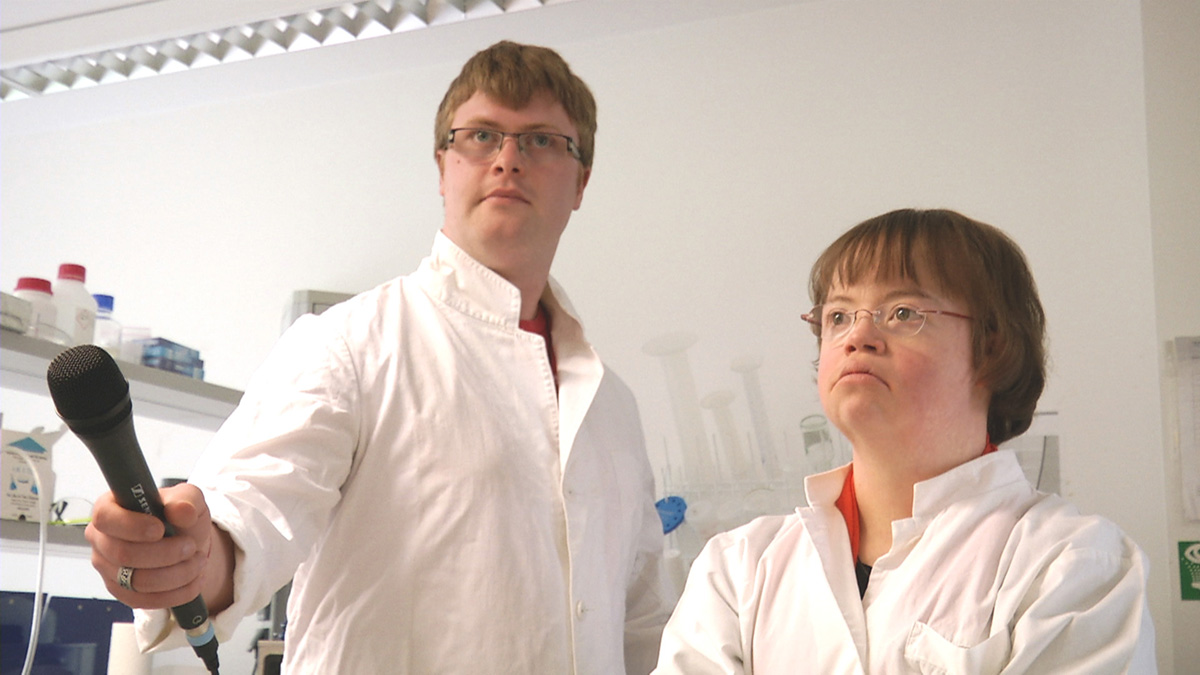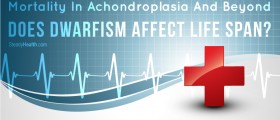
Down Syndrome - Overview
Down syndrome is a genetic disorder in which there is the one extra chromosome, chromosome 21. This is so called trisomy where instead or two, which is normal, the person has three chromosomes of the same kind. Down syndrome affects 1 in 800 babies and the risk of having a child suffering from Down syndrome increases in women older than the age of 35. However, even mother under the age of 35 may have a child with Down syndrome.
People suffering from Down syndrome have typical facial and body characteristics and can be easily recognized. Their eyes are slanting and the face flattened. The IQ of these patients varies but they never develop normal levels of IQ and this is an explanation of mild retardation which is typical for majority of Down syndrome patients. And finally, these children are prone to heart defects, leukemia, respiratory problems, gastrointestinal disorders and many additional health conditions. These very conditions determine lifespan of people suffering from Down syndrome.
Down Syndrome - Life Expectancy
Today life expectancy for people suffering from Down syndrome is much higher comparing to last century. This can be easily explained by continuous progress of medicine and better treatment of many illnesses.
Estimated life expectancy of people with Down syndrome may start from the very intrauterine growth. Namely, in utero life expectancy for Down syndrome is only a few weeks or months and 3/4 of all babies suffering from this syndrome actually die in utero. Furthermore, 15% of them die within the first year of their lives and 35% die before the age of 50. This leaves approximately 50 % of people suffering from Down syndrome who will live more than 50 years. The life span of all these people is actually related to the presence of certain illnesses. In case of serious and more complex diseases the mortality rate is much higher and death occurs early in life.
There are several causes why people with Down syndrome die within the first year of their lives. Fist of all, the death is usually caused by heart disorders. Moreover, even the digestive system disorder may be life-threatening. They include esophageal atresia, transesophageal fistula, Hirschprung disease, duodenal atresia etc. and they all cause different problems.
After the first year of patients' lives death is usually a consequence of leukemia and heart disorders.
Even though these children may have to deal with many illnesses advances in medicine are rather helpful and make them live longer. Correct and careful attention from their parents is also essential and allows these children to live much longer than expected.

















Your thoughts on this
Loading...